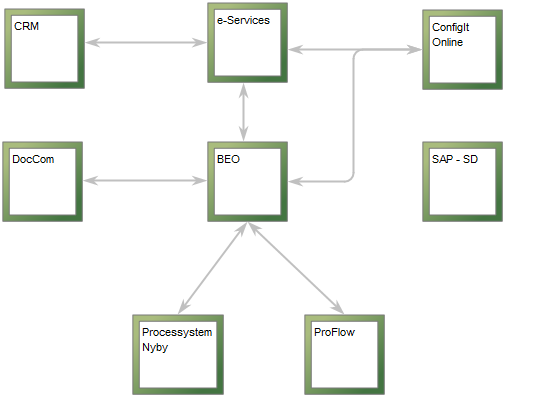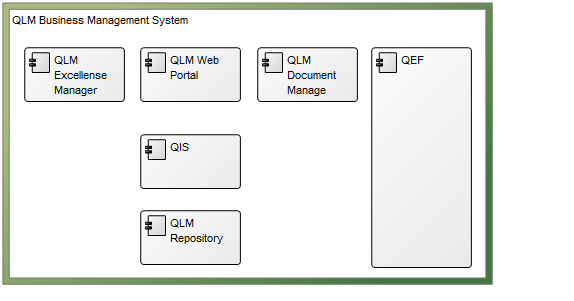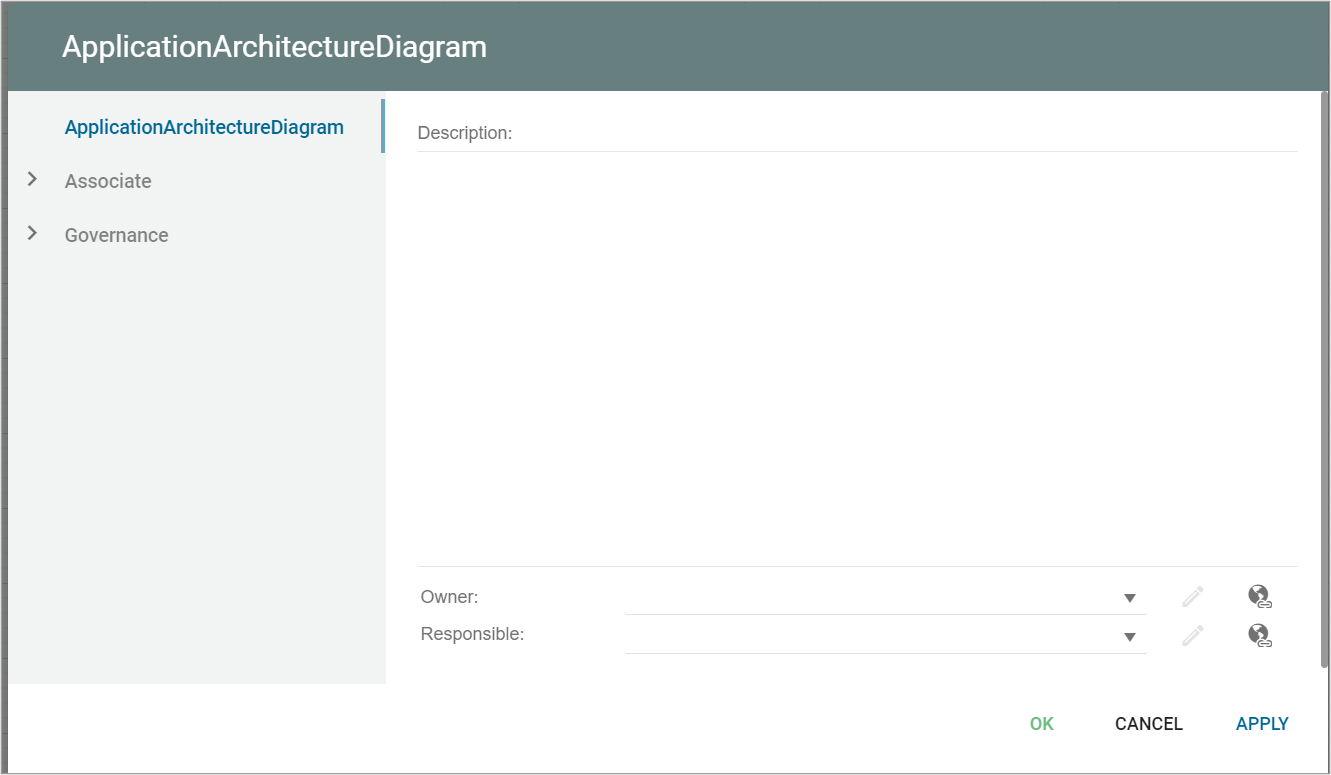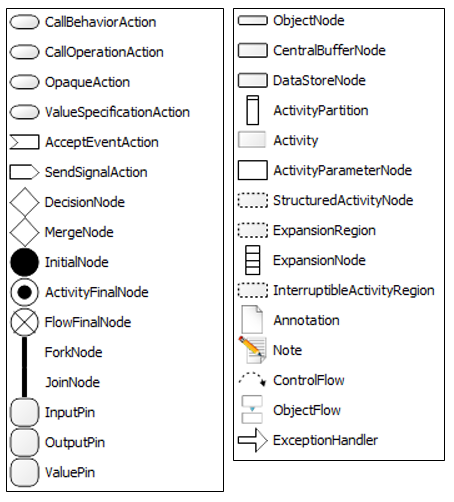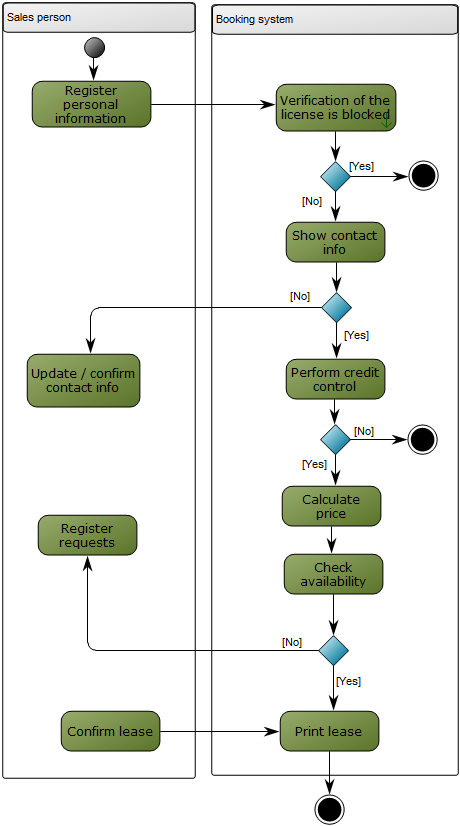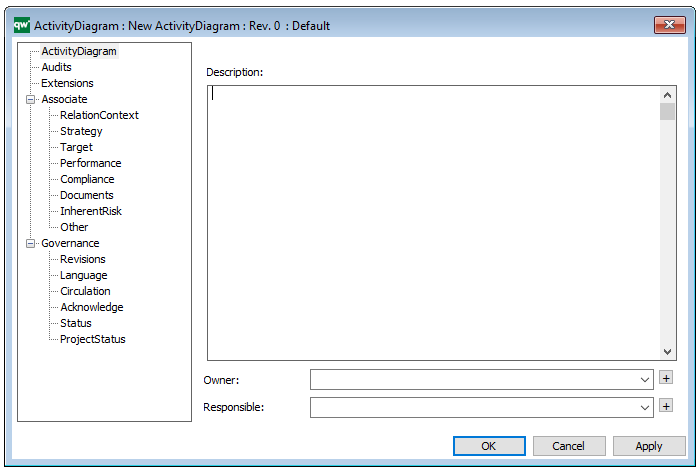Concerns: Architecture vision and policies, motivation
Purpose: Deciding, informing
Scope: Multiple layer/Multiple aspect
The implementation and migration viewpoint is used to relate programs and projects to the parts of the architecture that they implement. This view allows modeling of the scope of programs, projects, project activities in terms of the plateaus that are realized or the individual architecture elements that are affected. In addition, the way the elements are affected may be indicated by annotating the relationships.
Furthermore, this viewpoint can be used in combination with the programs and projects viewpoint to support portfolio management:
- The programs and projects viewpoint is suited to relate business goals to programs and projects. For example, this makes it possible to analyze at a high level whether all business goals are covered sufficiently by the current portfolio(s).
- The implementation and migration viewpoint is suited to relate business goals (and requirements) via programs and projects to (parts of) the architecture. For example, this makes it possible to analyze potential overlap between project activities or to analyze the consistency between project dependencies and dependencies among plateaus or architecture elements.
